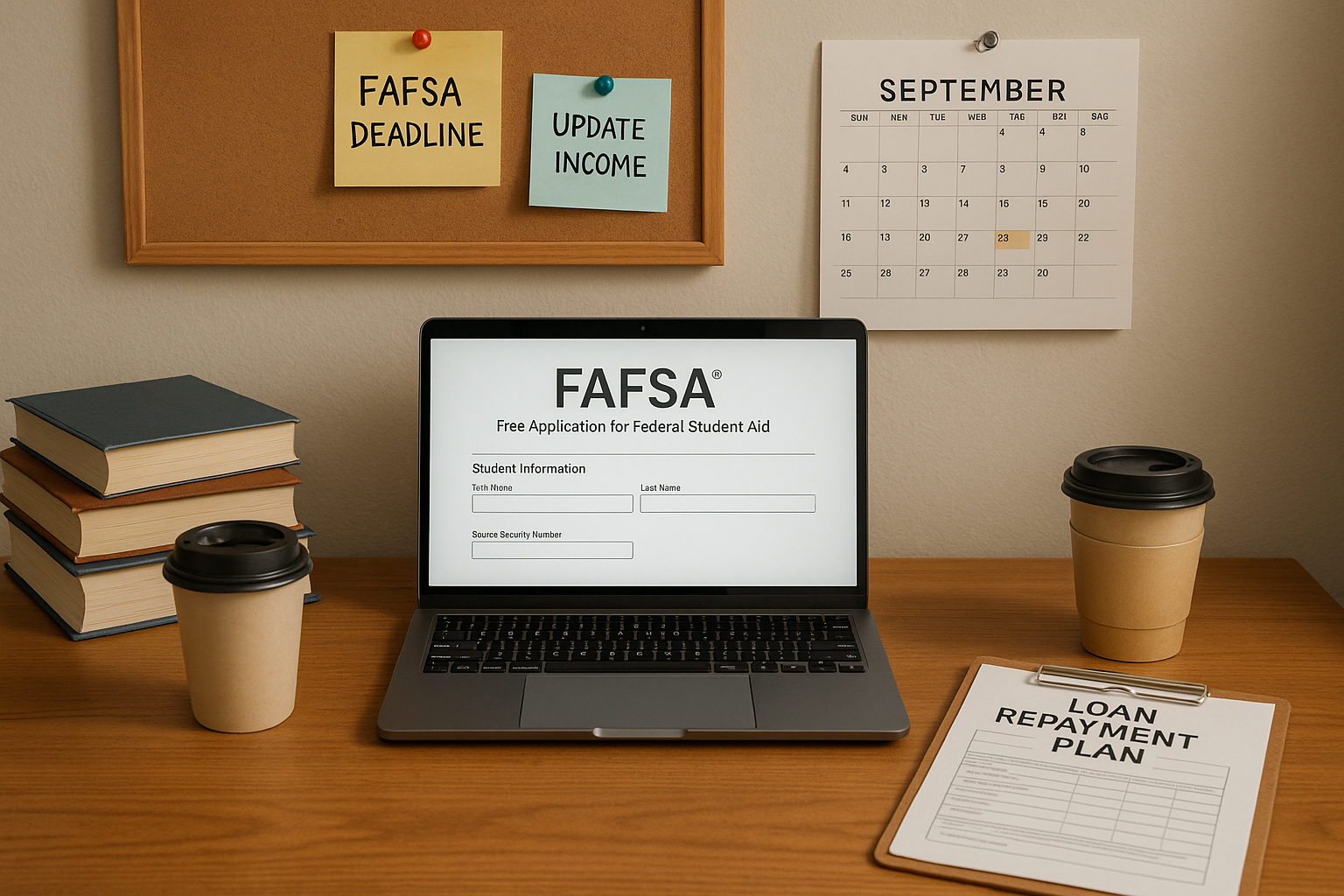
Starting a professional life in the U.S. means learning to master big financial concepts, and few are as critical to long-term wealth as the mortgage. For our community, homeownership isn’t just about a place to live, it’s a foundational pillar for building generational wealth.
The U.S. Latino community is driving the housing market. In fact, in 2024, the number of Latino-owned households reached a record high of 9.8 million, representing the largest annual increase of any racial or ethnic group for the second consecutive year (National Association of Hispanic Real Estate Professionals). This shows our power, but converting that power into personal equity requires a solid strategy, starting with understanding the mortgage.
A mortgage is simply a long-term loan used to purchase a home or other property. It’s an agreement where a lender gives you the money to cover the property cost, and you agree to pay it back over time, usually 15 or 30 years, with interest. Since saving for a down payment is often cited as the most difficult step in the home buying process for all Americans, and a significant barrier for Latinos who are less likely to have intergenerational wealth to draw from, the mortgage is what makes homeownership possible for the majority of us (UnidosUS).
Let’s break down the main types of mortgages available in the U.S. and how they compare.
Key Mortgage Types for U.S. First-Time Homebuyers
When you start shopping for a home loan, you will primarily encounter two major categories: Conventional Loans (not guaranteed by the government) and Government-Backed Loans.
| Mortgage Type | Core Feature | Best For | Risk Profile |
| Fixed-Rate Mortgage | The interest rate is locked for the entire life of the loan (e.g., 30 years). | Buyers who plan to stay in their home for a long time and value predictable payments. | Low Risk. Your principal and interest payment will never change. |
| Adjustable-Rate Mortgage (ARM) | The interest rate is fixed for an initial period (e.g., 5, 7, or 10 years), then adjusts periodically. | Buyers who expect to sell or refinance before the fixed-rate period ends. | Higher Risk. Payments can rise significantly after the fixed period if interest rates increase. |
| Government-Backed Loans (FHA, VA, USDA) | Loans insured by a U.S. government agency, offering more flexible qualifying terms. | First-time buyers, those with lower credit scores, or those with smaller down payment savings. | Lower Initial Barrier. They are often more accessible, but FHA loans require Mortgage Insurance Premiums (MIP). |
| Interest-Only Mortgage | You only pay the interest for a set initial period. Principal repayments start later. | Very few buyers. Only those with very high incomes and a clear strategy to pay the principal later. | Very High Risk. You build no equity in the initial period, and payments jump significantly when principal repayment begins. |
Deep Dive: Fixed-Rate vs. Adjustable-Rate
For most first-time homeowners in our community, the decision often boils down to a Fixed-Rate or an ARM.
Fixed-Rate Mortgage (The Stability Socio)
- Pros:
- Predictability is King: Your monthly principal and interest payment stays the same for 15 or 30 years, making budgeting much easier.
- Peace of Mind: You are protected if interest rates rise in the future.
- Cons:
- Higher Initial Rate: The starting interest rate is typically a bit higher than the introductory rate on an ARM.
- Missed Opportunity: You don’t benefit if market interest rates drop unless you pay for a full refinance.
Adjustable-Rate Mortgage (ARM) (The Risk-Reward Compañero)
- Pros:
- Lower Initial Cost: The introductory rate is lower than a fixed rate, which can make the initial monthly payment more affordable.
- Flexibility: Potentially lower overall cost if you know you will sell or refinance before the adjustable period hits.
- Cons:
- Uncertainty: Your payment can increase dramatically when the fixed period ends, creating a budgeting challenge.
- Market Vulnerability: If U.S. interest rates rise, your monthly cost will increase, adding financial strain.
Why Government-Backed Loans Matter to Us
Government-Backed loans, like the FHA loan (Federal Housing Administration), are crucial tools, especially for first-generation buyers. These loans often require a lower minimum down payment (as low as 3.5%) and allow for lower credit scores than Conventional loans.
This is significant for our community, as research shows Latino applicants are denied conventional financing for home purchase loans at more than double the rate that white applicants are (Urban Institute). Knowing that more accessible loan types exist means you have viable options to overcome some of the historic barriers to homeownership.
Your Next Step
Choosing the right mortgage is one of the most important financial decisions of your life. It’s a choice between stability and flexibility, and what is right for you depends on your financial goals and how long you plan to stay in the home.
Understanding these foundational options is the first step toward securing nuestro financial future. Stay tuned for our next article, where we will dive into the practical application process for these mortgages and what documentation you need to prepare!
👉 Ask Gabi anything, anytime.
Stay tuned! We got you!








